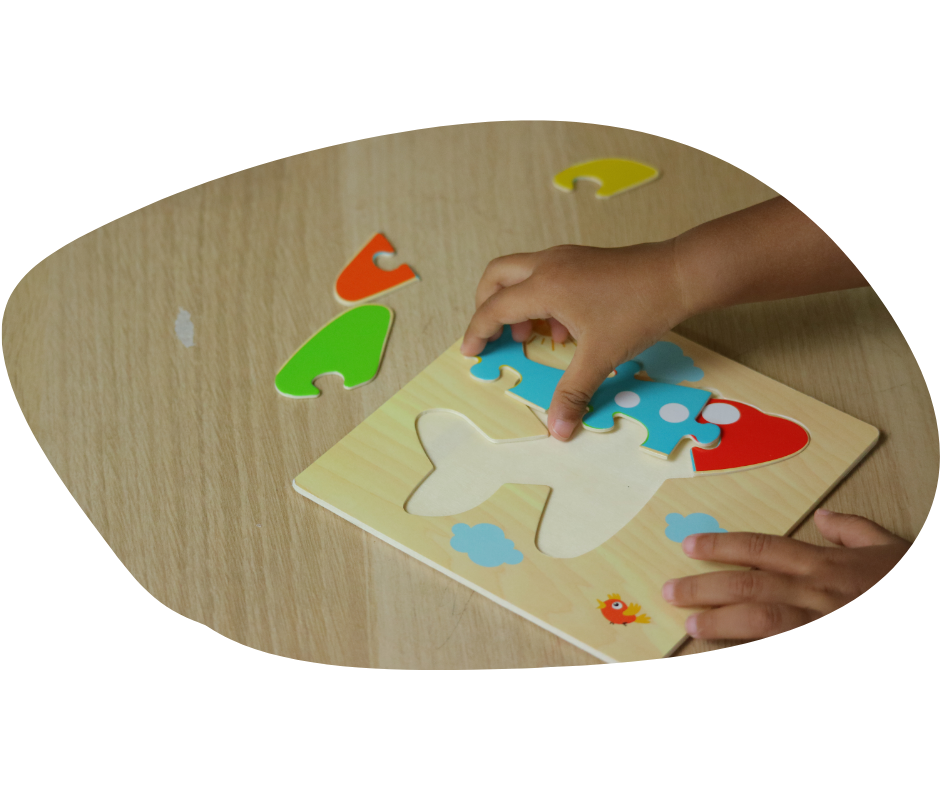Building Long-Term Resilience: Teaching Kids to Manage Stress and Anxiety for Life
- Brigid McCormick

- Oct 28
- 3 min read

I used to think my job was to help kids feel better as quickly as possible. Remove the stressor, solve the problem, ease the anxiety.
Turns out, I was accidentally teaching kids they couldn't handle difficult emotions on their own.
Building long-term resilience isn't about eliminating stress from children's lives - it's about helping them develop confidence in their ability to navigate whatever comes their way.
What Long-Term Resilience Actually Looks Like
Resilient kids don't ever feel anxious. Instead, they:
Trust themselves to handle difficult emotions
See challenges as opportunities to grow stronger
Have strategies they know how to use
Believe difficult periods are temporary
Can ask for help when needed
Learn from setbacks instead of being defeated by them
The Building Blocks of Long-Term Resilience
Self-Efficacy: "I Can Handle This" The belief that you can influence your experience develops through successfully navigating age-appropriate challenges with support, not by having all challenges removed.

Growth Mindset: "I Can Learn and Grow" Resilient kids see struggles as opportunities to get
stronger rather than evidence of failure.
Connection: "I'm Not Alone" Strong relationships provide emotional support and models for resilience. Kids need to see adults managing stress effectively.
Purpose: "My Life Has Meaning" Even young children can develop purpose through contributing to family, classroom, or community.
Flexibility: "There Are Many Ways to Solve Problems" Resilient kids have multiple strategies and don't get stuck believing there's only one solution.
Strategies for Building Long-Term Resilience
Gradual Challenge Exposure Instead of removing all stressors, help kids face manageable challenges with support:
Let them work through homework struggles before jumping in
Encourage independent resolution of minor peer conflicts
Support trying activities that feel slightly scary
Strength-Based Feedback Focus on strengths demonstrated rather than just outcomes: "I noticed how you kept trying different approaches when the first didn't work."
Failure Normalization Talk openly about mistakes as normal parts of learning. Share your own failures and what you learned.
Stress Inoculation Gradually exposes kids to manageable stress in safe environments through sports, performance opportunities, or leadership roles.
Age-Specific Resilience Building

Elementary (5-10): Basic emotional skills, problem-solving through play, celebrating effort over outcome, predictable routines.
Middle School (11-13): Identity development, social skills, academic challenge with support, positive peer connections.
High School (14-18): Decision-making skills, future planning, real-world problem-solving, independence preparation.
The Resilience Mindset Shift
From: "How can I make this easier?" To: "How can I support them in developing skills to handle this?"
From: "I need to fix their anxiety." To: "I need to help them build confidence in managing anxiety."
From: "They shouldn't deal with this." To: "This is an opportunity to develop strength."
Common Obstacles
The Rescue Reflex: Consistently rescuing prevents skill development.
Fear of Failure: Adult anxiety about children's failures gets transmitted.
Short-Term Thinking: Building resilience takes time and involves short-term discomfort for long-term gain.
Remember, building long-term resilience is like growing a tree. You plant seeds through daily interactions, water them with consistent support, and trust the process as strength develops over time.
The goal isn't kids who never struggle - it's humans who trust themselves to handle whatever life brings.
Measuring Long-Term Resilience Progress
Look for:

Increased willingness to try new things
Better recovery time after setbacks
More sophisticated problem-solving approaches
Greater emotional vocabulary and self-awareness
Improved help-seeking behavior when appropriate
More realistic optimism about challenges
Stronger sense of personal agency
Remember, building long-term resilience is like growing a tree. You plant the seeds through daily interactions, water them with consistent support, and trust the process as strength develops slowly over time.
The goal isn't to create kids who never struggle - it's to raise humans who trust themselves to handle whatever life brings their way.
Free Resource: Resilience Building Action Plan
A practical framework for developing emotional strength in children, with specific strategies for different age groups and situations.
Looking for a structured approach to building resilience in the kids you work with?
Our newsletter community shares weekly strategies plus practical resources like our Resilience Building Action Plan - a step-by-step guide for fostering emotional strength that lasts.





.png)
Comments